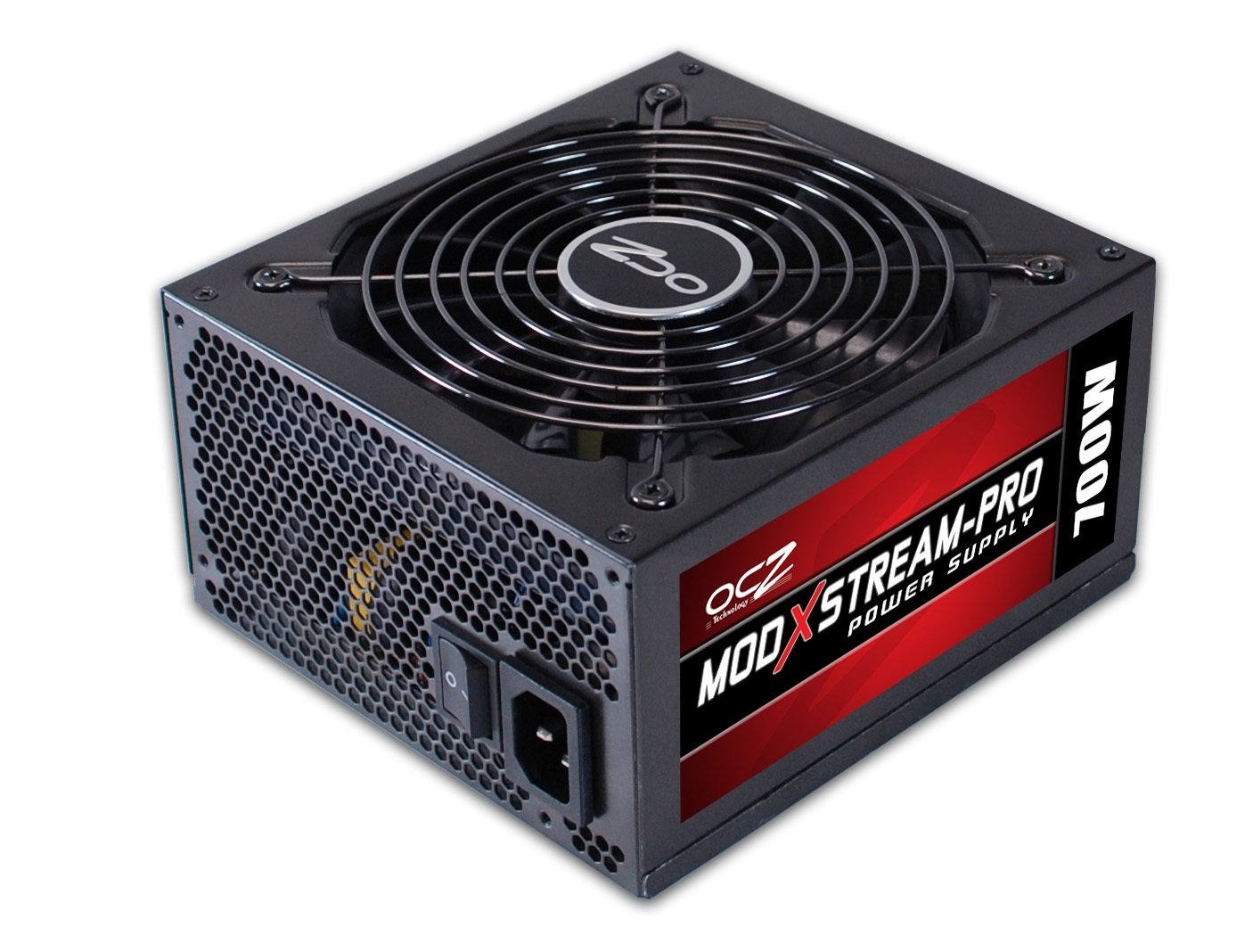 Two days into the government shutdown, having done many of the errands I was planning to do during our forced time off, I decided to play a game of League of Legends. I regularly use my computer for gaming, so one would think this was no big deal. However, halfway into a game of ARAM (All Random All Middle), I hear quite literally a “snap, crackle, POP!” and the screen goes dark. I look over at my computer and the blue LEDs are off and the fans are spinning down. I lean closer and get a big whiff of electronic “magic smoke.”
Two days into the government shutdown, having done many of the errands I was planning to do during our forced time off, I decided to play a game of League of Legends. I regularly use my computer for gaming, so one would think this was no big deal. However, halfway into a game of ARAM (All Random All Middle), I hear quite literally a “snap, crackle, POP!” and the screen goes dark. I look over at my computer and the blue LEDs are off and the fans are spinning down. I lean closer and get a big whiff of electronic “magic smoke.”
We in the industry “don’t know what it is,” but magic smoke seems to be a gas that, when let out of electronics causes them to never work again. One might assume if you could get it back in there, maybe they would, but of course, there’s no way.
The last time I had smelled the “magic smoke” emanating from a computer was back in high school when I walked back toward my bedroom after school and could smell it from the hall. That time my graphics card (an old nVidia 5700 with 256MB of RAM) was perched incredibly close to the TV tuner card in the next slot down. Unfortunately, the slightly larger than normal GPU fan (remember, this was back in the single-slot days) contacted the back of that card and the chromed coating shorted components, frying both cards in the process.
 This time, I did some emergency deconstruction to separate the components and track down the magic smoke’s source. After using the “Super Sniffer” across the components, it was obvious that it was the power supply. I verified this by pulling it and trying to do a manual power on of the PSU to verify it’s operation. This involves shorting ground / common to the PS_ON# pin (see the pinouts for ATX power supplies on the left).
This time, I did some emergency deconstruction to separate the components and track down the magic smoke’s source. After using the “Super Sniffer” across the components, it was obvious that it was the power supply. I verified this by pulling it and trying to do a manual power on of the PSU to verify it’s operation. This involves shorting ground / common to the PS_ON# pin (see the pinouts for ATX power supplies on the left).
The power supply (an OCZ ModXStream Pro 700W) had been with me since 2010, when I found that the 580W supply that I had originally built into this computer was not enough to handle the 8800GTS I had at the time along with the 4 hard drives. I had no idea that adding 3 hard drives since building it would affect the usage that much, but it did. The OCZ had a 3 year warranty which, having purchased it in May of 2010, had just expired.
A quick trip to Fry’s allowed me to verify that the other components hadn’t been fried. I picked up a Corsair CX750 – a non-modular 750W supply with another 3 year warranty. I needed something quick, cheap, and decently reliable to verify everything else worked. I verified the 3TB hard drive by popping it into my NAS – its planned destination anyway – which gave me hope that the rest of the computer would function with the new PSU installed.
Replacing a power supply usually requires almost a complete disassembly of a system because of wire routing. It also gave me reason to remove the motherboard, CPU, and RAM stack to effectively clean the cooler for the first time in a while. Getting everything clean and rerouted cleanly so that I wouldn’t have to take it apart again if it all worked and could make my “WAN” night with friends was a sprint. However, I was rewarded with the windows booting sound at the end of it all.
The USB ports seemed to not boot up correctly at first, however a restart and some time to let it reconfigure allowed these to come back online. The power to the keyboard and mouse both were on the entire time, so I knew the whole system wasn’t fried as I waited.
This was a wakeup call; maybe the universe was telling me that I finally needed to build a new computer. After all, this one’s core is still from 2007 – over 6 years old.